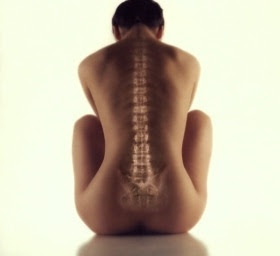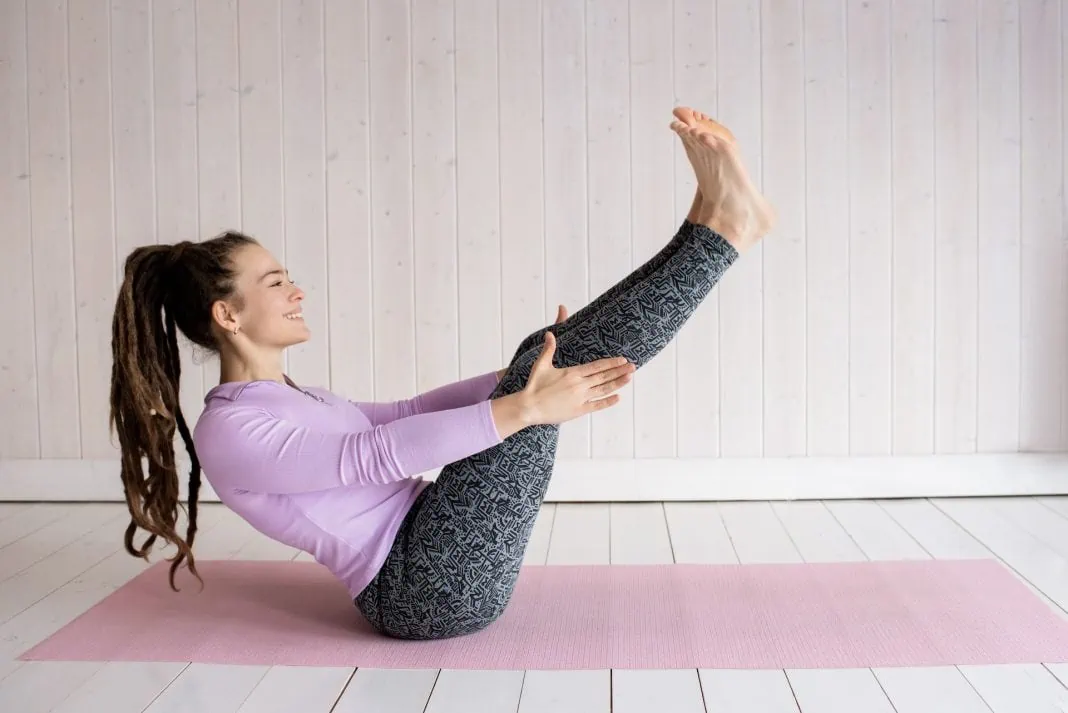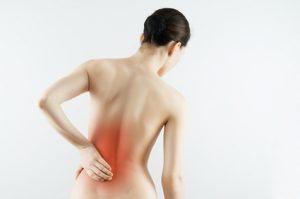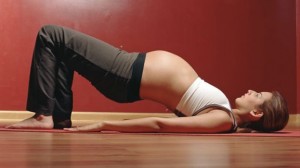Nowadays Pilates is a highly popular type of fitness exercise but so are others and many people have difficulties in choosing the physical activity that is right for them. Even though Pilates may seem like a modern trend, it was developed during the first half of the 20th century by Joseph Pilates so it’s been present for quite some time now.
How does Pilates work?
In a way, we can think of Pilates as a science, not just a physical activity. It has its own philosophy, and it’s based on six principles: concentration, control, centering, flow, precision, and breathing.
The most important thing when doing Pilates exercises is performing them correctly. “Quality, not quantity” is one of the core concepts, but this cannot be achieved without concentration. You have to focus at all times on what you’re doing.
Control goes hand in hand with concentration, which refers to muscle control. Your body has to do exactly what you tell it and this is precisely why you need to be completely focused during a Pilates workout.
Pilates philosophy states that the center of the body is the starting point for achieving full control over your body. This is often referred to as the “powerhouse,” and it represents the groups of muscles from the center of your body: the abdomen, lower and upper back, hips, buttocks and inner thighs. As a result, all exercises imply using the powerhouse to control the limbs.
There are no erratic movements in Pilates; everything is well-calculated and connected. Your entire body should be coordinated, which requires precision, but the exercises are also strongly correlated and will flow into each other using the correct transitions.
Since Pilates consists in performing multiple types of exercises with only a few repetitions, precision is one of its most important principles. The benefits of Pilates derive from doing exercises correctly.

One of the goals of Pilates is to use a specific breathing technique, called posterior-lateral breathing to increase circulation and blood oxygen levels. As you breathe in, you should feel the air pressure on your back and sides of your rib cage. Exhaling has to be complete but gradual, and as you do it you should feel your abdominal and pelvic floor muscles contract.
Pilates also aims to help individuals reach optimal spine alignment, known as a “neutral spine”. This means the exercises are developed so your head, shoulders, thorax, spine, and pelvis reach their ideal place and become perfectly aligned.
Why You Should Try Pilates
Bad posture and back pain are often associated with sedentary jobs, non-sedentary ones that imply repetitive action, fast growth in height during the teenage period and other causes. Pilates exercises relieve back pain, improve your posture, and re-align your spine.
It is known that any regular physical activity helps fight sleep disorders, such as Pilates, which also contributes to releasing stress, tension and pain.
Some people want to tone their muscles without gaining body mass. Through its toning and stretching exercises, Pilates helps you get longer and leaner muscles without the size increase.
Osteoporosis is a disease that affects the mineral density of the bones, making them more fragile and thus prone to breaking. It is a condition that primarily affects women but not only. Physical exercises are a very efficient way of preventing, stopping and even reversing osteoporosis. Pilates is one of the best choices since it strongly focuses on correcting your posture and strengthening the muscles that support your bones.
During pregnancy, you may experience back pains caused by the pressure on your spine that comes from the extra weight of the baby. Pilates can help you get a stronger back and pelvic muscles, allowing an easier pregnancy and delivery.
Pilates is a low-impact, gentle form of exercise that does not stress the heart and joints thus it can be performed by older people. It is also a good solution for injury recovery.
Helping you reach the perfect balance between mind and body is what Pilates aims for. If you want to try Pilates and see the benefits for yourself, then you should know it can be easily performed at home. There are plenty of Pilates videos and books with workouts varying in duration and difficulty.



